Azerbajan Discovering
 TRANSPORTS
TRANSPORTS
To get around the city, locals use the Bolt app (local Uber), which allows for easy transportation anywhere at prices even lower than those already low (a ride never exceeds 2 euros). For reaching points of interest, the buses are also very convenient and economical. They depart from the Icherisheher station, right in front of the Baku Olympic Stadium. Line 217 takes you to Yanar Dag in just 45 minutes. The metro is also very convenient and economical, requiring the advance purchase of a rechargeable card.
 VISA
VISA
To enter Azerbaijan, a tourist visa is required, which can be applied for online through the website https://www.azerbaijanairlines.it/visa-per-azerbaijan.html. The cost is 25 euros, and the issuance is quite fast (within a few hours).
 COST OF LIFE
COST OF LIFE
The cost of living is low, despite Azerbaijan being one of the largest producers of oil. Oil wells are visible everywhere. The historic city center is full of elegant shops of major brands, but unfortunately, they are always empty. Tourism is mainly Indian, especially for Zoroastrianism.

1 Gobustan
2 Baku
3 Yanar Dag
4 Temple of Fire
5 Sheki
Why Visit Azerbaigian?
Gobustan
1
Ancient Stones with Gobustan, also known as Gobustan Rock Art Cultural Landscape, is a UNESCO World Heritage
Baku
2
Baku, capital of Azerbaijan, is a melting pot of ancient charm and modern innovation with the Old City, UNESCO World Heritage Site, with ancient mosques, palaces, and bazaars with Flame Towers dominating the skyline
Zoroastrism and Yanar Dag
3
founded by the prophet Zoroaster (also known as Zarathustra) in ancient Persia around the 6th century where fire is a symbol of purity and purification of the soul.
The Temple Of Fire
4
The Temple of Fire in Azerbaijan likely refers to the Ateshgah of Baku, also known as the Fire Temple of Baku.
1 Gobustan
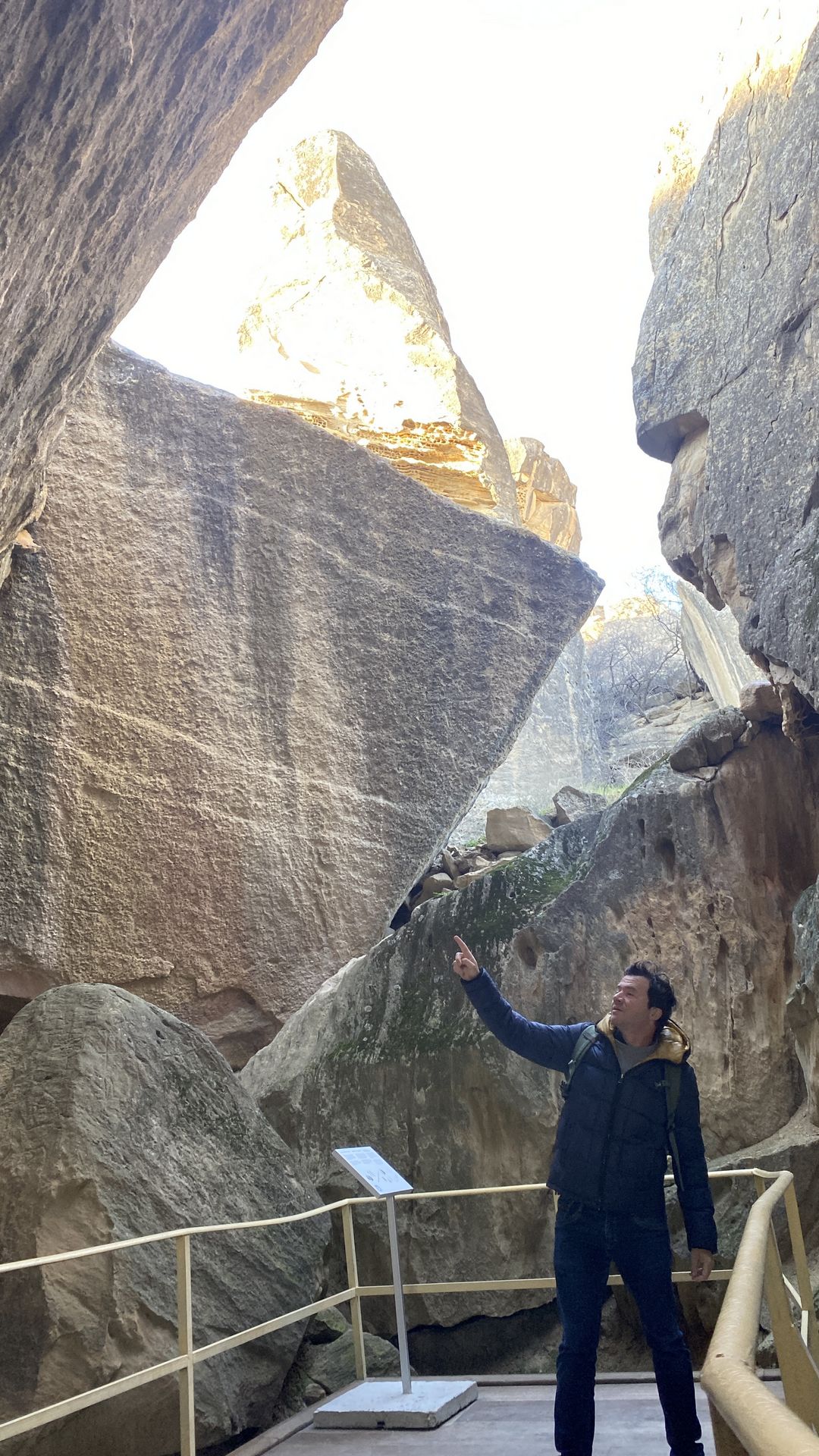
Gobustan, also known as Gobustan Rock Art Cultural Landscape, is a UNESCO World Heritage Site located in Azerbaijan, near the Caspian Sea coast. It is renowned for its vast collection of rock engravings, petroglyphs, and archaeological sites dating back to the Upper Paleolithic era, as well as remnants of human habitation dating back to the Stone Age.
The petroglyphs in Gobustan depict scenes of daily life, hunting, dancing, rituals, and various animals, providing valuable insights into the prehistoric culture and lifestyle of the region. These ancient artworks are carved into the rocks using primitive tools and techniques, and they offer a glimpse into the artistic and cultural expressions of early human societies.
Aside from the petroglyphs, Gobustan is also home to numerous mud volcanoes, which are unique geological formations that spew out mud, gas, and occasionally, flames. These mud volcanoes create a surreal and otherworldly landscape, adding to the allure of the Gobustan region.
Gobustan has become a significant archaeological and cultural site, attracting researchers, historians, and tourists from around the world who come to explore its ancient rock art and learn about the rich history of the area. Additionally, the site offers visitors the opportunity to enjoy the natural beauty of the surrounding landscape, including the Caspian Sea coastline and the rugged terrain of the Gobustan National Park.

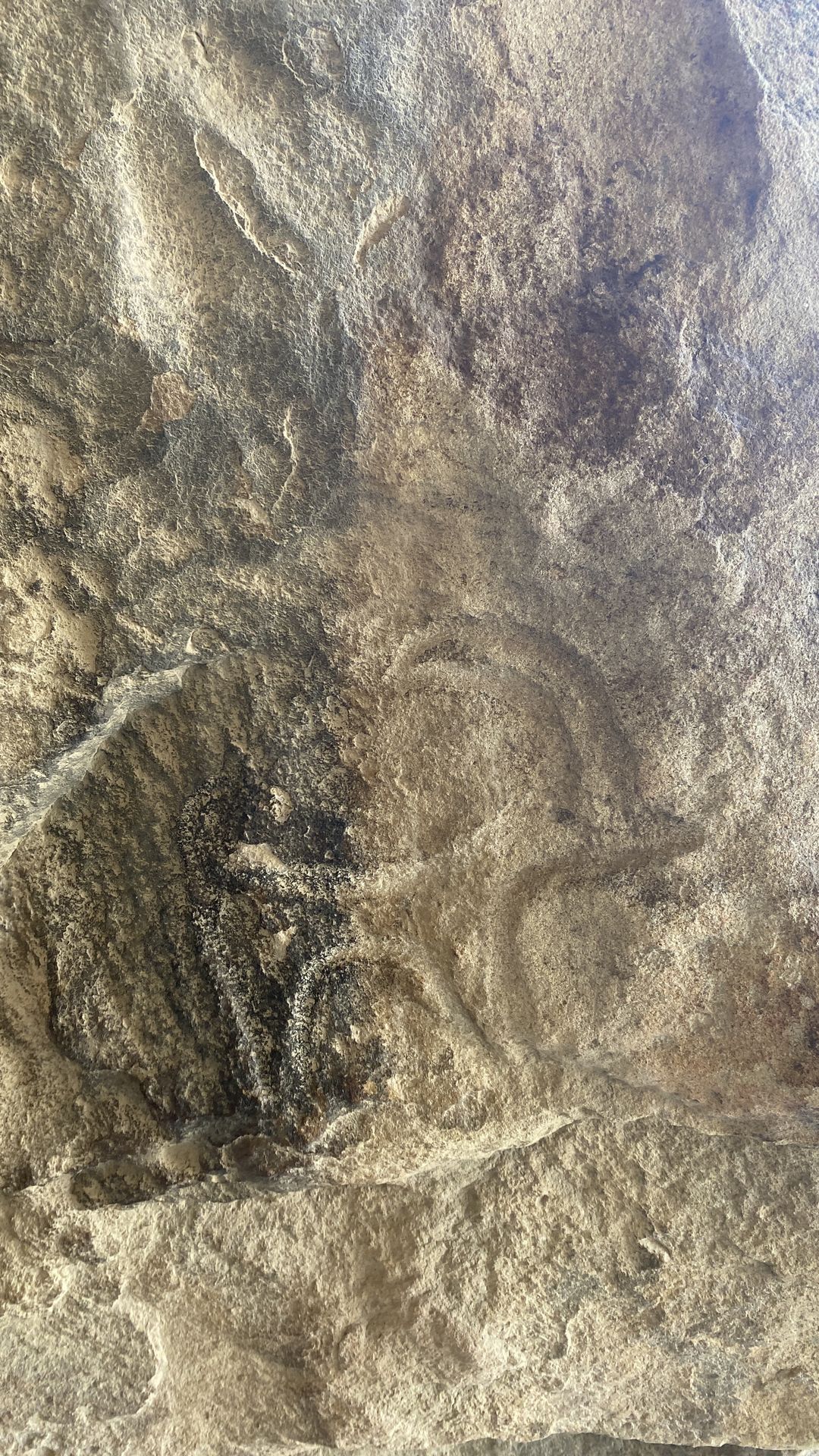
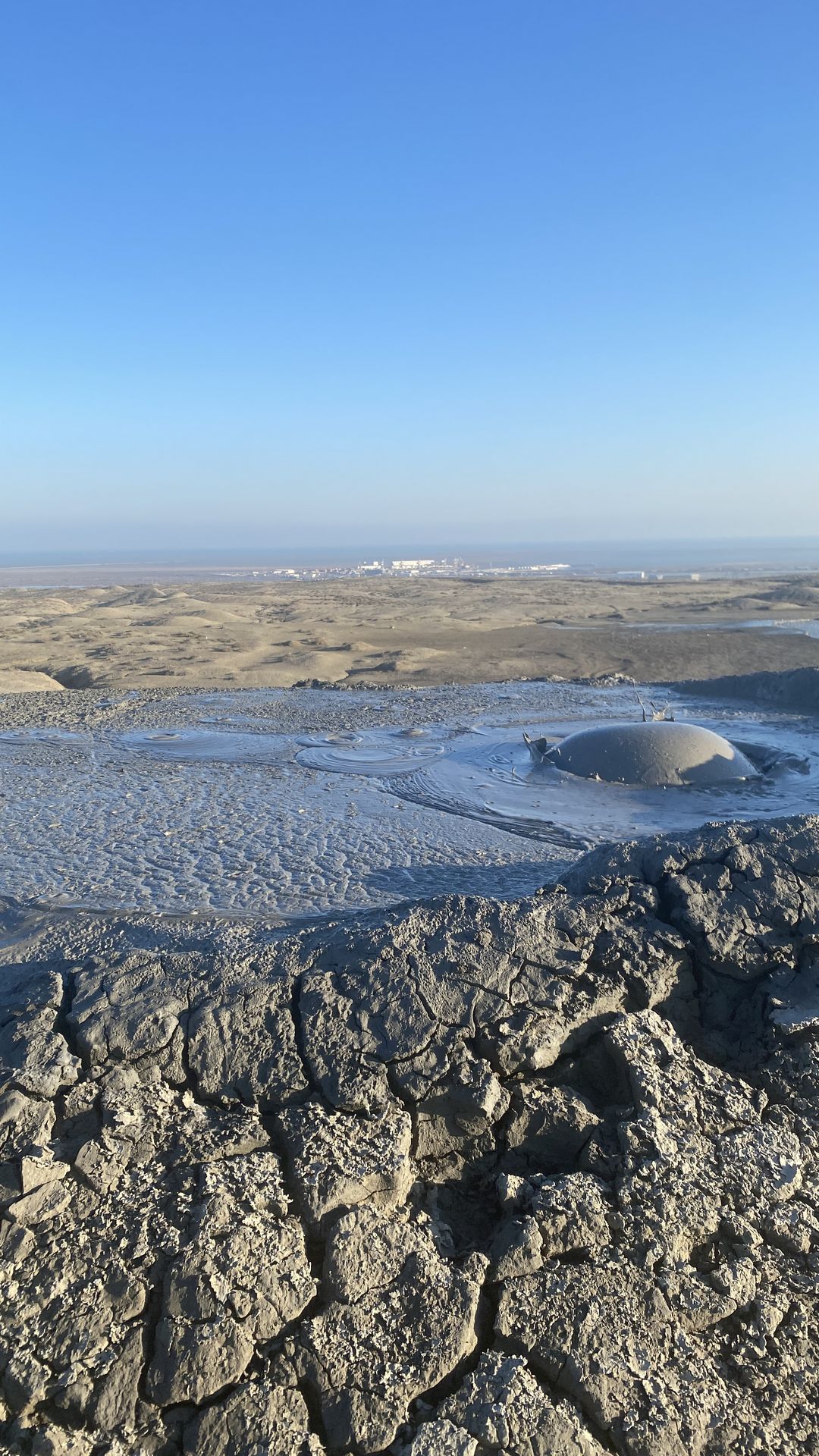
Gobustan



2 Baku
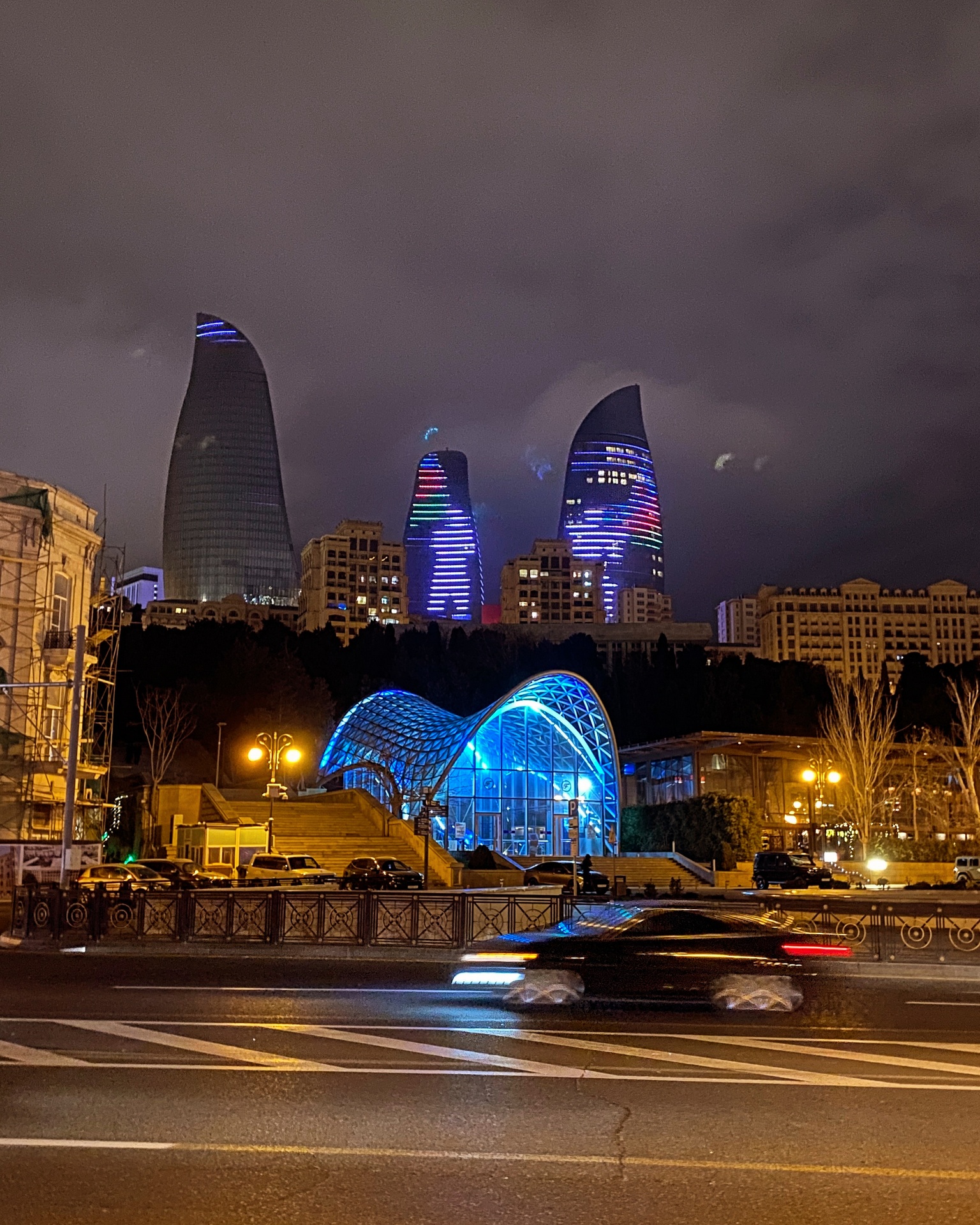
Baku is the capital and largest city of Azerbaijan, located on the coast of the Caspian Sea. It is known for its rich history, modern architecture, and oil industry. Baku is also home to several notable landmarks, including the Flame Towers, the Maiden Tower, and the Palace of the Shirvanshahs.
History
Baku has a history dating back to ancient times, with evidence of human settlement in the area dating back to the Paleolithic period. It has been ruled by various empires and civilizations, including the Persian Empire, the Russian Empire, and the Soviet Union.
Architecture
Baku boasts a diverse architectural landscape, ranging from ancient medieval structures to modern skyscrapers. The city is known for its juxtaposition of old and new architecture, with historic sites such as the Old City (Icherisheher) featuring narrow streets, ancient mosques, and caravanserais, alongside modern landmarks like the Flame Towers, Heydar Aliyev Center, and the Baku Crystal Hall.
Oil Industry
Baku is often referred to as the "City of Winds" and the "Black Gold City" due to its association with the oil industry. The city played a significant role in the development of the oil industry in the 19th and 20th centuries, and it continues to be a major center for oil production and refining in the Caspian region.
Baku
3 Temple of Fire

The Temple of Fire, also known as the Ateshgah Temple, is a historic religious site located in Surakhani, a suburb of Baku, Azerbaijan. It is situated on the Apsheron Peninsula, about 30 kilometers (19 miles) northeast of the city center.
The Temple of Fire is a unique complex that was originally built in the 17th and 18th centuries by Hindu and Sikh communities.
It served as a place of worship for followers of Zoroastrianism, an ancient Persian religion that venerates fire.The temple complex consists of a central courtyard surrounded by cells and chambers, with a natural gas-fed fire altar at its center.
Pilgrims and visitors would come to the temple to worship and participate in rituals centered around the eternal flame, which symbolizes purity in Zoroastrianism.Today, the Temple of Fire is a popular tourist attraction in Azerbaijan, offering visitors insight into the country's rich religious and cultural heritage.
The site has been designated as a UNESCO World Heritage Site and is protected as a historical monument by the Azerbaijani government.
Azerbajan
Temple of Fire
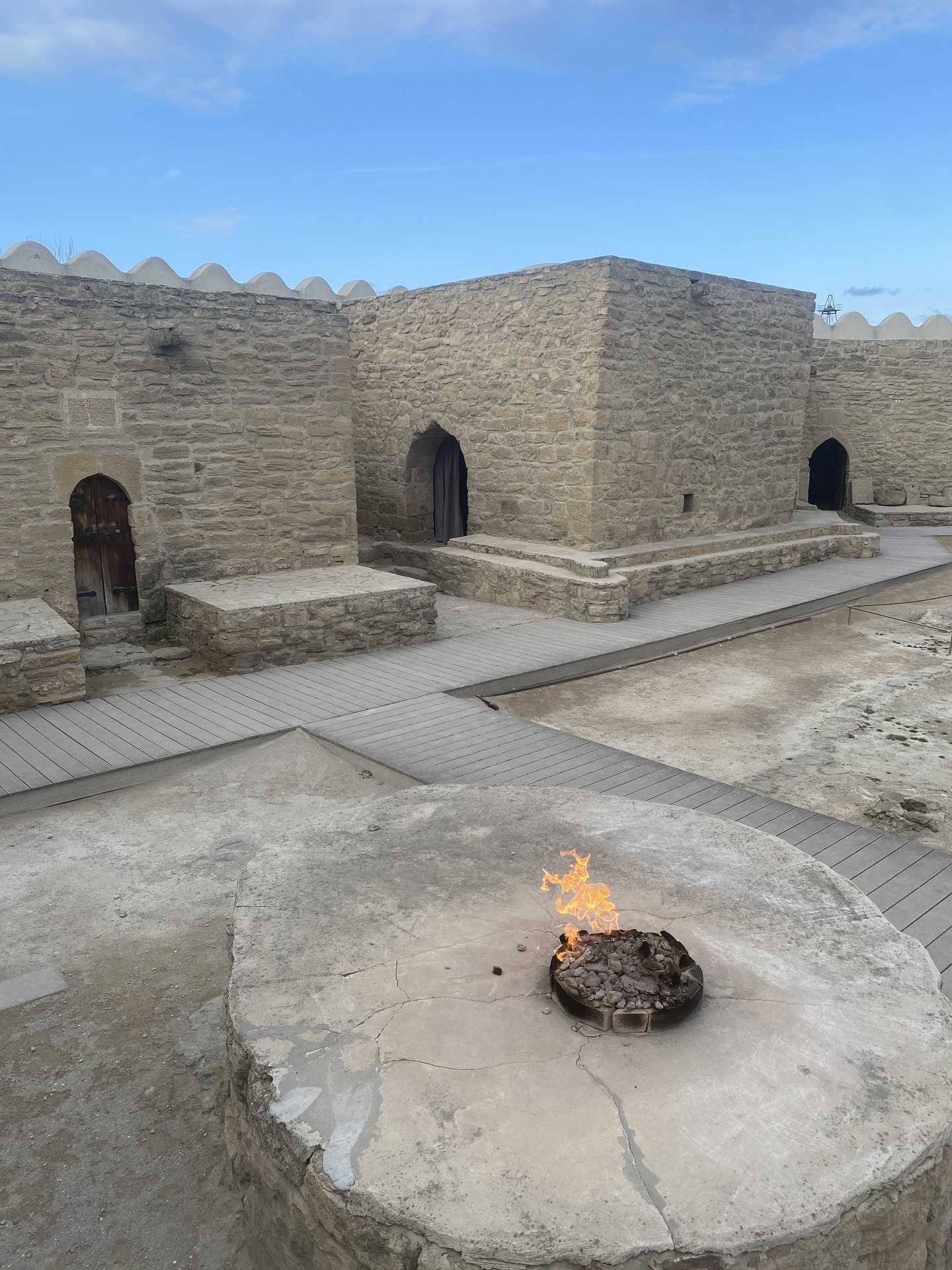
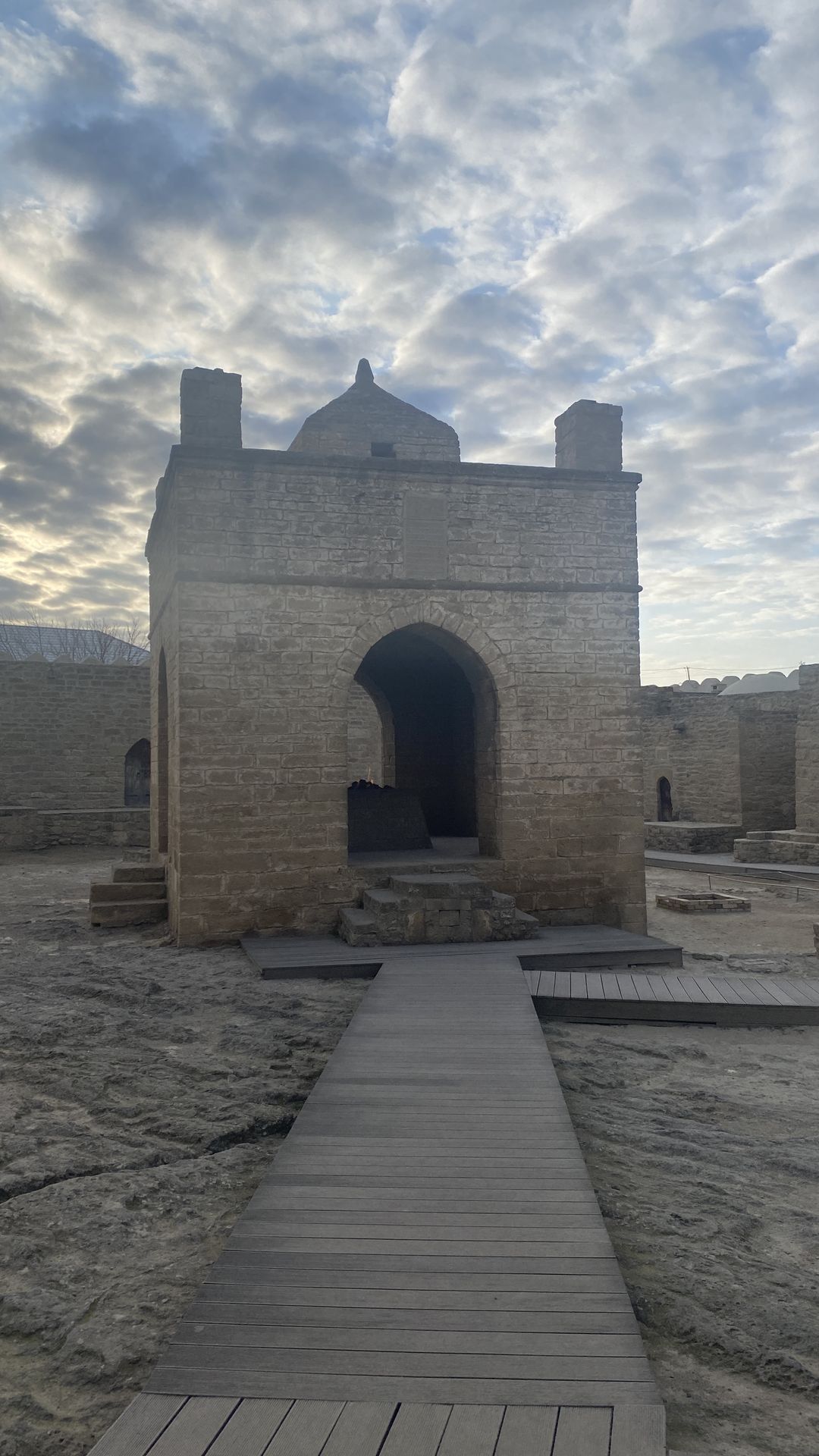
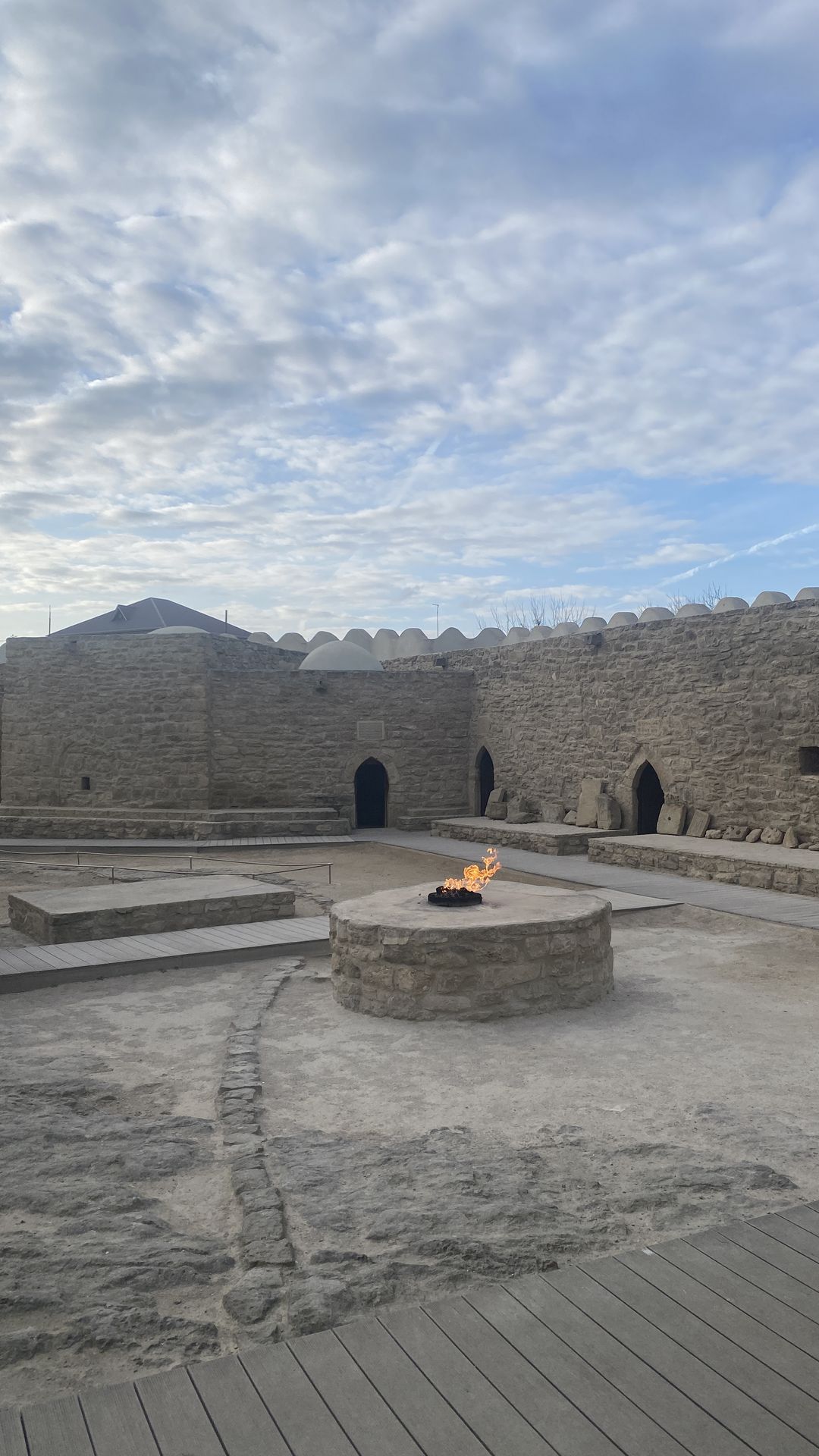
4 Yanar DagYar
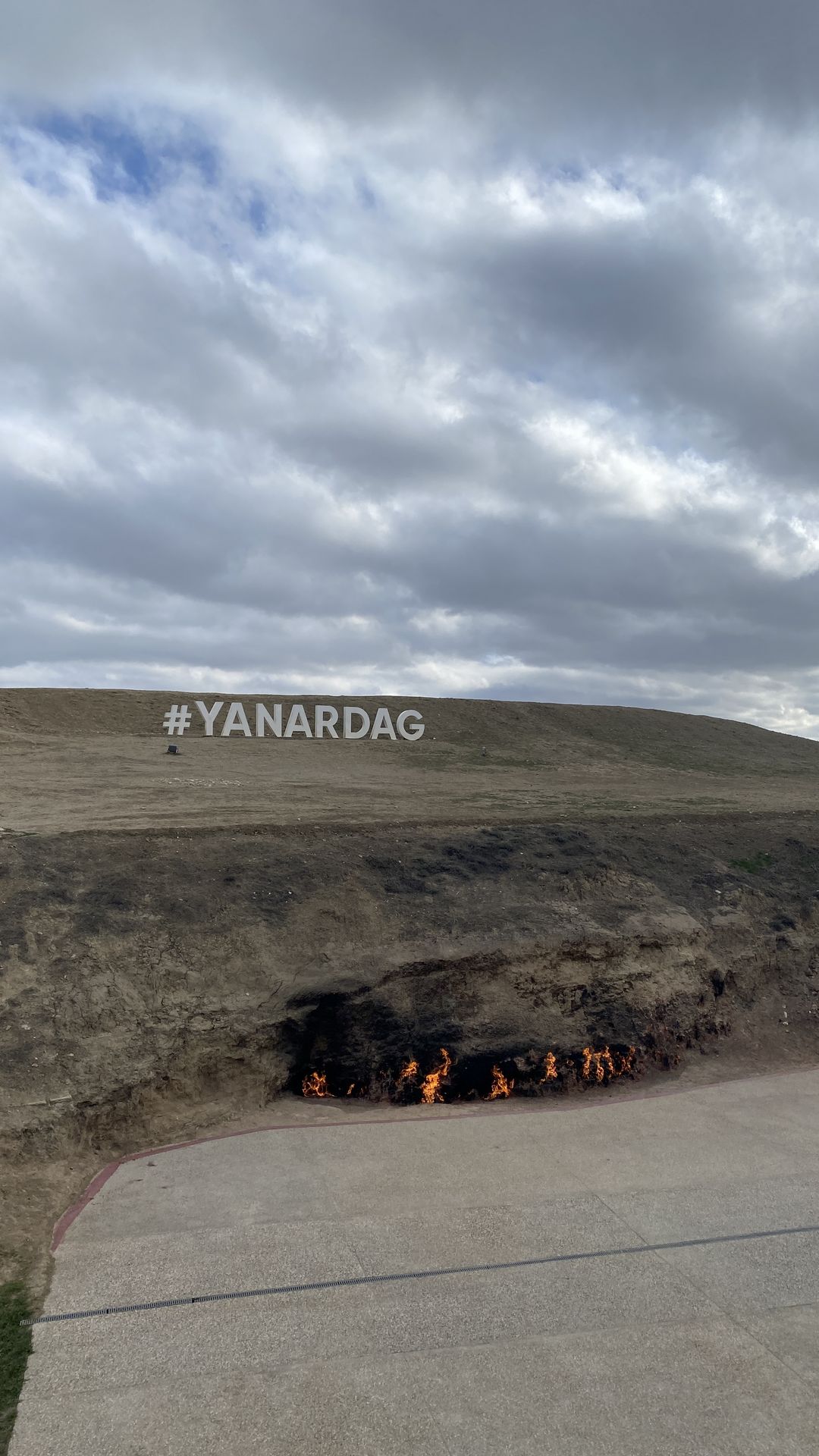
Yanar Dag, meaning "Burning Mountain," is a natural gas fire that continuously burns on a hillside in the Absheron Peninsula, about 25 kilometers (16 miles) northeast of Baku, Azerbaijan.
It is one of the notable natural attractions in the region.The flames at Yanar Dag are the result of natural gas seeping to the surface through fissures in the earth's crust. When ignited, the gas sustains a perpetually burning flame, which has been burning for centuries.
The flames can reach up to 3 meters (9.8 feet) in height.Yanar Dag is often referred to as a "fire mountain" due to the perpetual flames, and it is a popular tourist destination in Azerbaijan. Visitors can observe the natural phenomenon up close and learn about the geological processes that lead to the formation of the burning hillside.
Cookies & Privacy
This website uses cookies to ensure you get the best experience on our website.